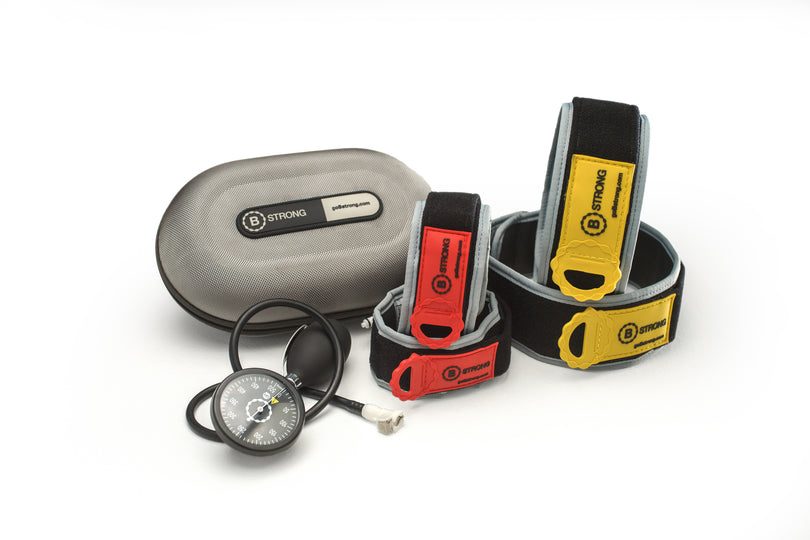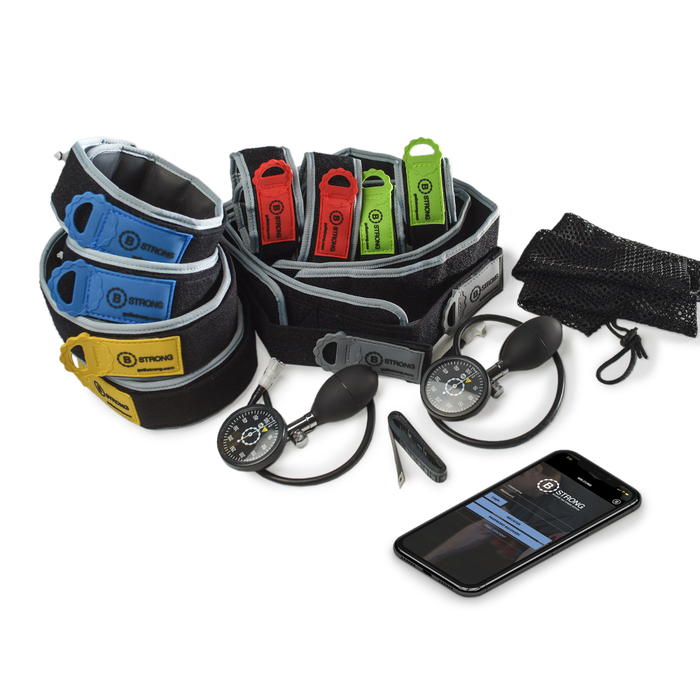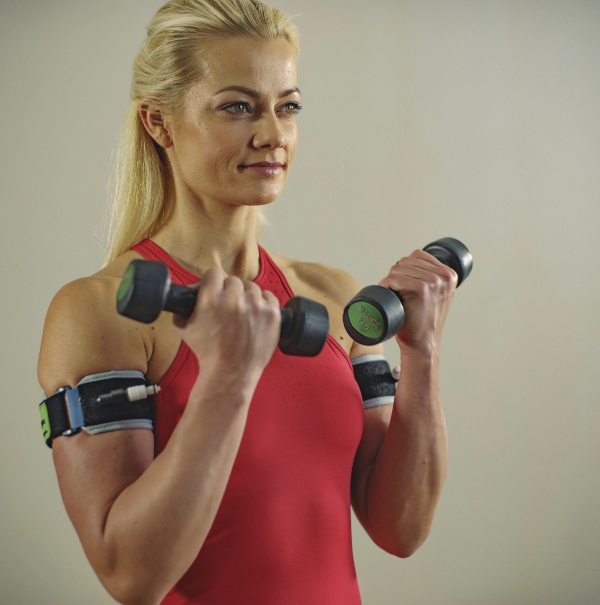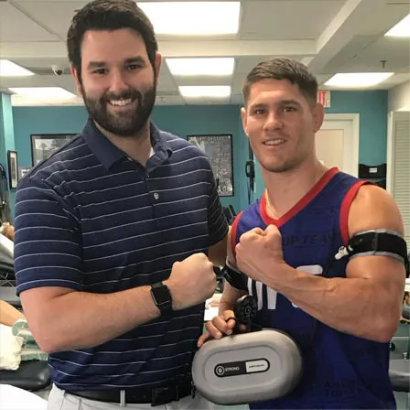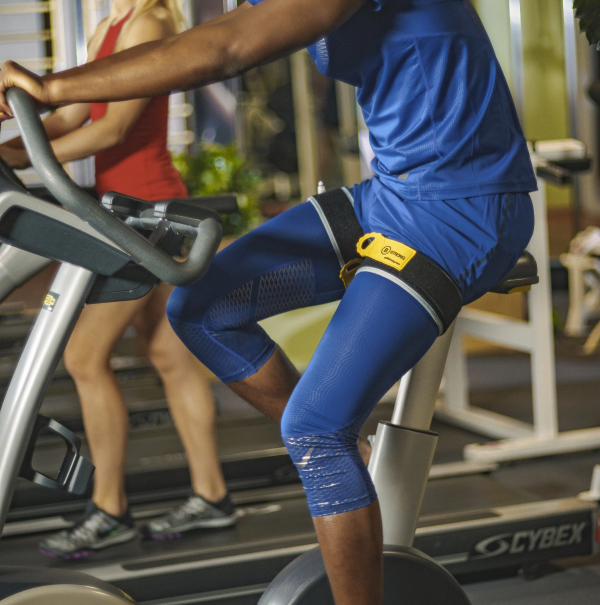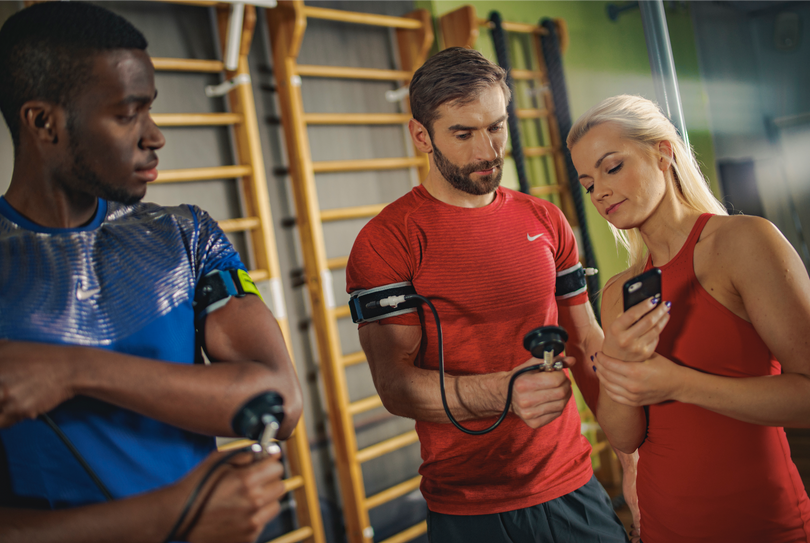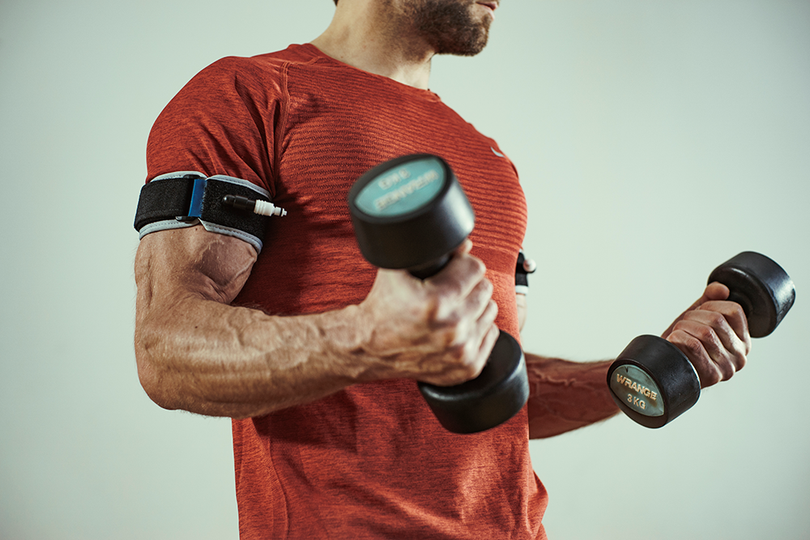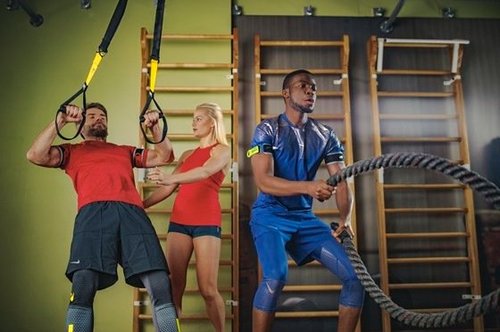Recently, Ph. D. in Exercise Physiology candidate, Sten Stray-Gundersen met with Mads Friis from Growth Island to discuss getting a more effective workout using blood flow restriction training.
What is the most effective dose of bodily exercise for people with a limited amount of time? We will dive into that this week, thanks to Boomer Anderson, the host of the Decoding Superhuman Podcast who introduced me to my today’s guest.
I am extremely excited to have Sten Stray-Gundersen on the show today as he is studying for his PhD in Physiology Science and he really understands the data of our typical workouts. He is one of the guinea pigs that are testing the Blood Flow Restriction training on themselves as part of his academic research and studies the data so he can prove the effectiveness of the workout method.
In our conversation, Sten gives an extensive explanation on Blood Flow Restriction training, going back to its origins with the Kaatsu pressure workouts and the evolution to the state where it is now.
Sten Stray-Gundersen, M.S. is a graduate researcher in the Clinical Exercise Physiology Laboratory in the Kinesiology Department at the University of Texas at Austin, pursuing his Ph.D. in Exercise Physiology with emphasis on Cardiovascular and Cardiopulmonary Physiology. Sten has authored several studies assessing the safety and feasibility of utilizing BFR for both healthy and clinical populations. Additionally, Sten works as an Exercise Physiologist and Program Advisor for an Austin-based holistic performance center called Reach Outcomes, where he works with professional and amateur athletes to improving all aspects of performance. Sten is also a Science Advisor and B Strong BFR expert for B Strong Inc, where he has worked with top-level athletes and teams ranging from the Olympic level to military personnel to the youth and collegiate levels, developing personalized protocols and programs for performance
SOURCE:

